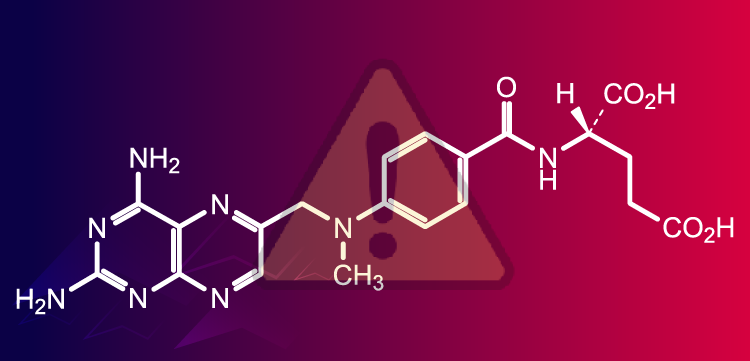
Jyoti S. Mayadev, MD, Compares Efficacy of Durvalumab/CRT Vs Placebo/CRT in High-Risk Locally Advanced Cervical Cancer
The 12-month progression-free survival rates among patients with high-risk locally advanced cervical cancer were comparable with durvalumab plus chemoradiotherapy vs placebo plus radiotherapy.
At the
The 12-month progression-free survival (PFS) rate was 76.0% for patients receiving durvalumab with CRT and 73.3% for those in the placebo arm. Additionally, the 24-month PFS rate was 65.9% in the durvalumab arm and 62.1% for those receiving placebo (HR, 0.84; 95% CI, 0.65-1.08; P = .174). Mayadev also discussed the trial’s international design and her takeaway from the subgroup analysis.
Transcript:
This was a global effort. We had more than 120 sites [in] 15 countries across the globe [and enrolled] patients with high-risk cervical cancer; these were truly high-risk patients. More than two-thirds had node-positive disease, and [had] stage IIIA/IVA disease. We randomized 770 patients in less than 2 years during a pandemic to CRT [and] durvalumab vs. placebo. Our primary objective was progression-free survival [PFS]. At 1 year, the PFS was no different between the durvalumab arm and the placebo arm. In terms of the hazard ratios in more granular detail, the 12-month PFS rate with the durvalumab/chemoradiation [arm] was 76.0% vs 73.3% with a placebo arm. At 24 months, the rate in durvalumab arm was 65.9% vs 62.1% with placebo. The hazard ratio was 0.84 and the P value was 0.174. We’ve presented the maturity at 31% at ASTRO 2022 as a plenary session. The median follow-up time was 18.5 months. In terms of the subgroup analysis, depending on the nodal status or the timeliness of radiation, there were no differences in terms of the durvalumab arm [vs the placebo arm].
Reference
Mayadev JS, Rong, Y, Toita T, et al. Durvalumab in combination with chemoradiotherapy (CRT) in locally advanced cervical cancer (LACC): radiotherapy (RT) delivery and subgroup analyses from CALLA. Presented at 2022 American Society for Radiation Oncology (ASTRO) Annual Meeting; October 23-26, 2022; San Antonio, TX; LBA 03. Accessed October 27, 2022.
Newsletter
Stay up to date on recent advances in the multidisciplinary approach to cancer.


















































































